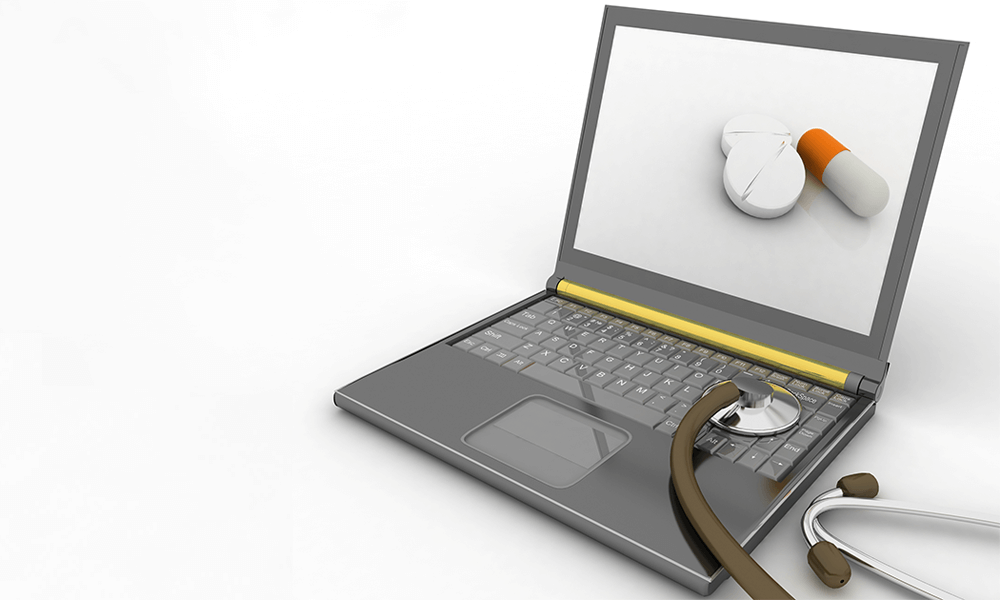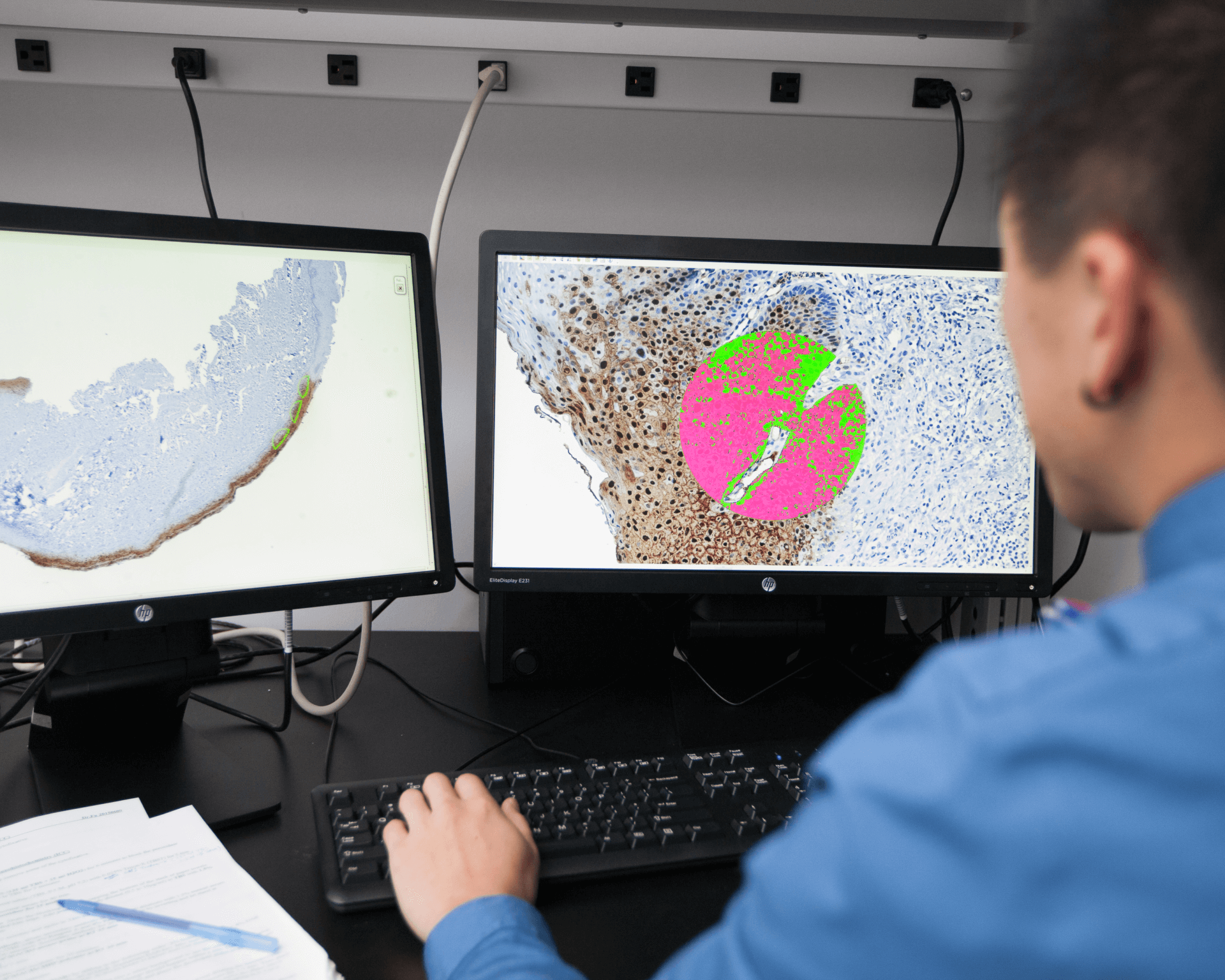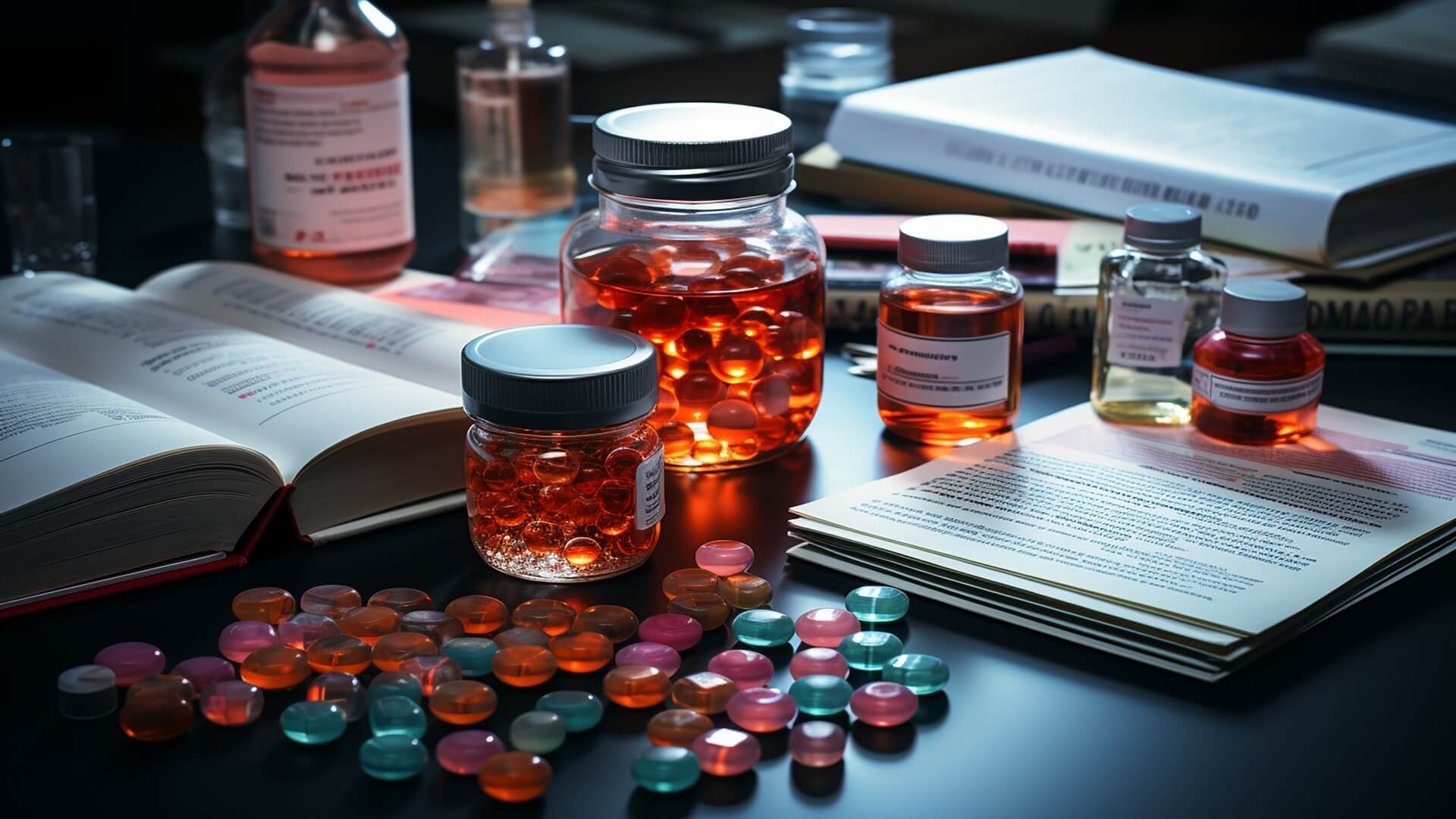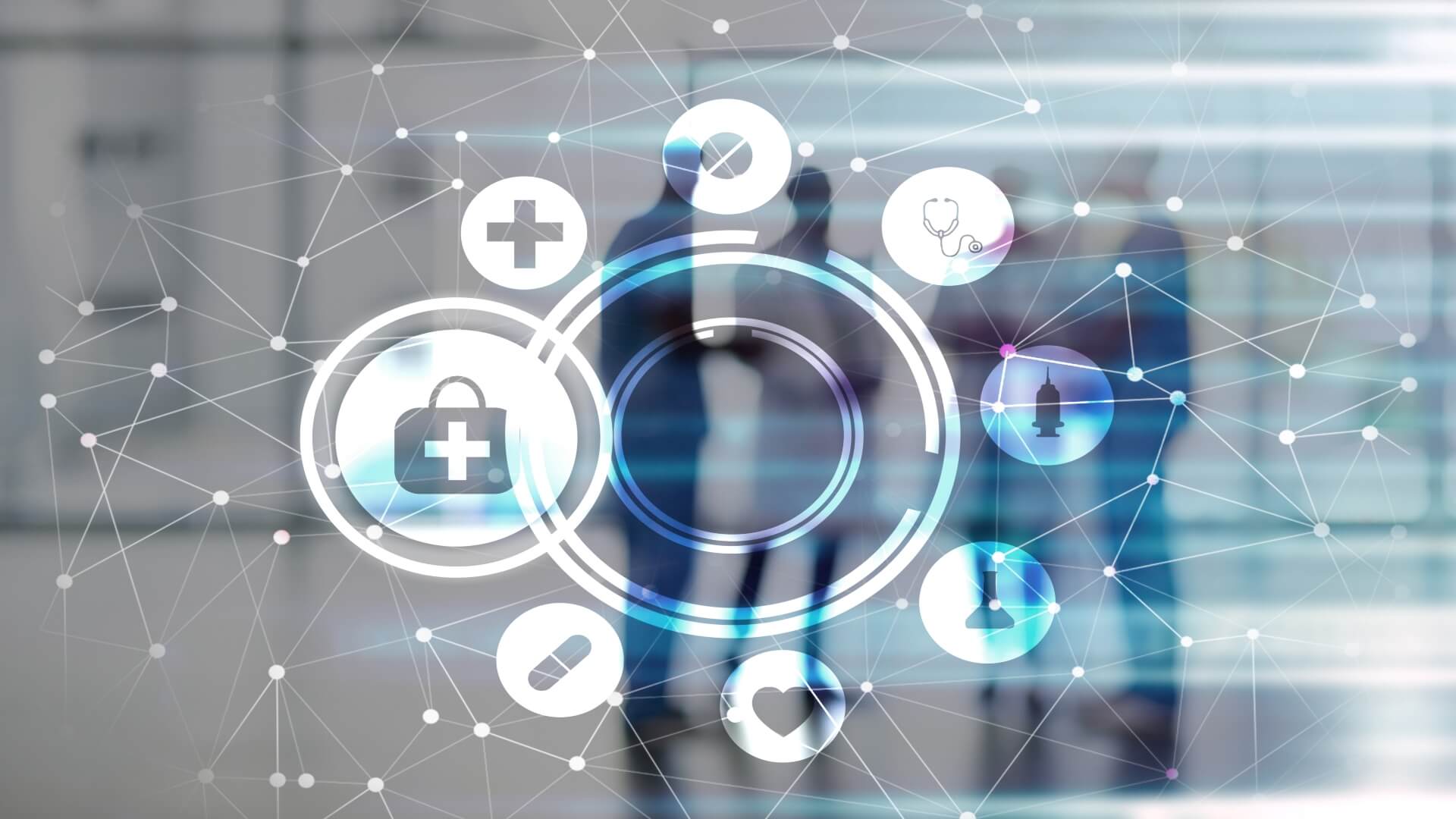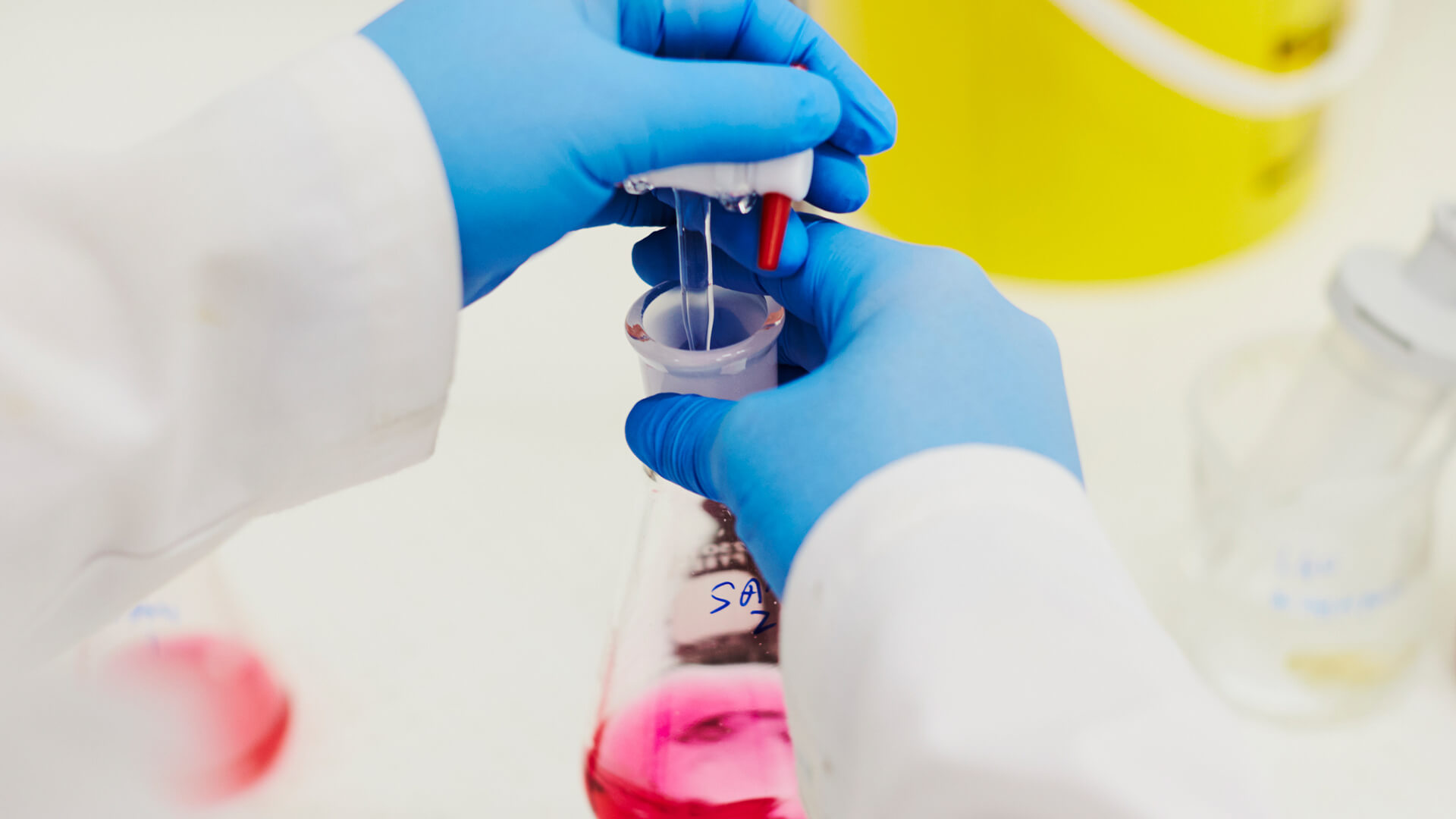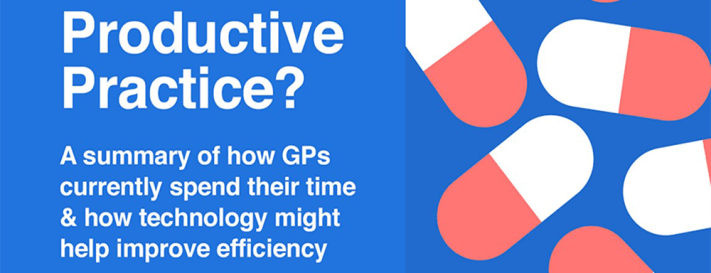
According to the Chair of the Royal College of General Practioners, many of Britain’s GPs are extremely tired and overworked. Not only is this something we see reported in the news, it’s become a widely-discussed topic for society at large. There are a number of innovations that could be adopted to help healthcare professionals, with things such as their ever-growing amount of paperwork. Brother UK’s ‘GP Workload: Statistics & Solutions for a More Productive Practice’ infographic highlights some of the activities that take up the most time for GPs. It also illustrates how technology is being used to alleviate some of that pressure.
The highest ever number of GPs in Britain
For many it’s surprising to learn that there are now more GPs in the UK than ever before, however this doesn’t appear to be an effective solution to the growing problem. An investigation conducted by the Citizen’s Advice Bureau reported how much time GPs spend on issues other than health. It was found that 19% of GP consultations are spent addressing social issues. Within a month, GPs identified some shocking figures about the issues that patients discussed during consultation time:
‘ 92% discussed relationship issues
‘ 77% raised housing issues
‘ 77% talked about work related issues
Working beyond designated hours
There is massive strain on the care that GPs provide, which means that they regularly work beyond the hours they are assigned. Some practices have reported that for just one GP the average working day can see up to 62 patient visits, often resulting in a 13-14 hour working day.

Managing a demanding workload
A GPs workload is not made up of consultations alone, it is in fact administrative tasks that have a significant bearing on the problems that we see in contemporary society. A report by The Primary Care Workforce Commission found that keeping up with administrative tasks accounted for 11% of their time. If these types of tasks were handled by designated admin staff, it would equate to the equivalent of 1,400 additional full-time GPs.
The quality of care provided to patients
According to 93% of GPs, the care that they provide to their patients has been negatively affected by their growing workloads. GPs have their patients’ best interests at heart, however the growing demand and unmanageable workloads, means that there isn’t enough time to meet the required standards of patient care.
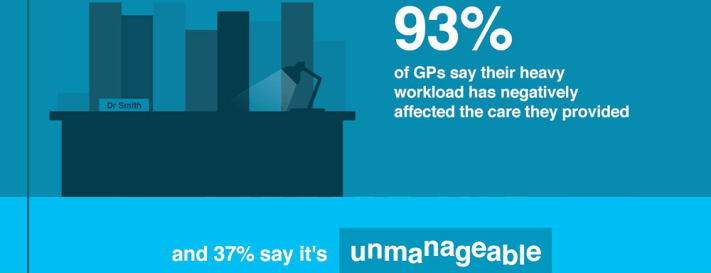
How technology can be used to alleviate the pressure
Using innovative methods to help alleviate workload pressures can help to ensure that patient care remains the main focus for GPs. Some dynamic GP practices have already seen the benefits of integrating technology into their day-to-day practises.
A GP practice in Lancashire saved over seven hours a day using paperless technology and a GP practice in London saved more than 600 appointments each year by using a text messaging service to communicate with patients.

Making the changes
The Government plans to improve the quality of patient care with the use of technology and innovation. Their focus will be to introduce hospital-led vertical integration of acute and primary care, as well as GP practice-led integration of out-of-hospital services. An investigation undertaken by the Primary Care Workforce Commission discussed the ways technology could be incorporated into such services. Suggestions included email correspondence, electronic messaging between healthcare professionals and readily available digital medical records. The outline highlights how real time data would be readily available to nurses, paramedic and doctors, to ensure that patients receive the best possible information at the point of care.
Improving patient experience with the right innovation
Implementing the right kind of innovation could not only improve patient care, but can also the make life easier for GPs and practice staff alike.








